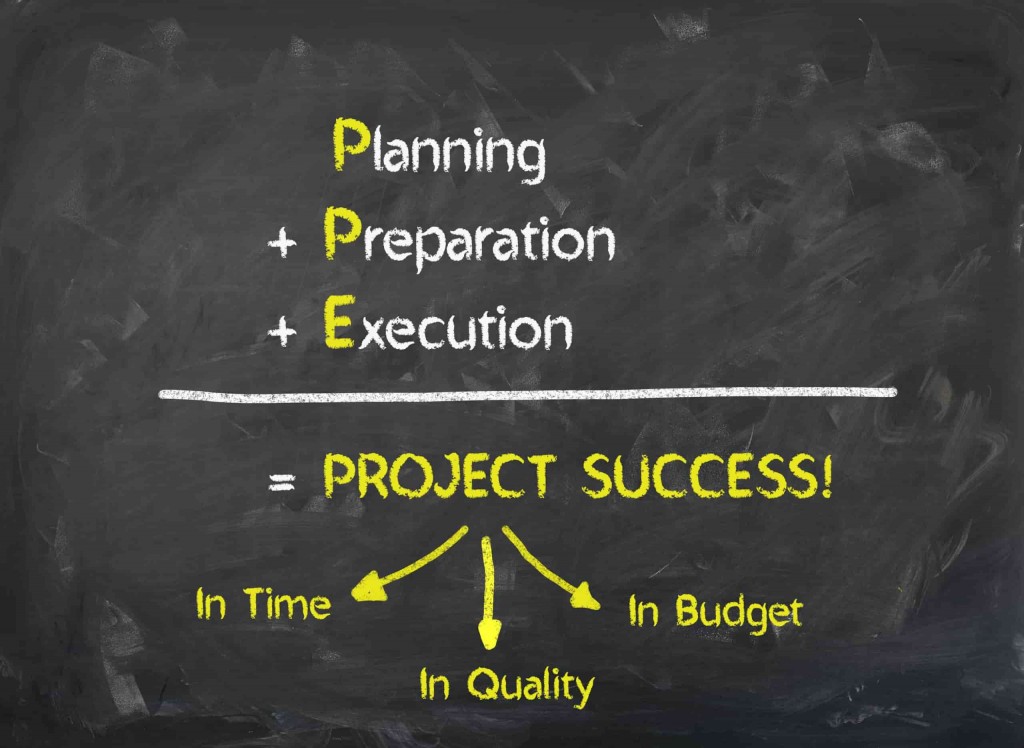Implementing MYOB Advanced – Don’t underestimate the importance of User Acceptance Testing (UAT)
This is another blog in the Leverage Technologies MYOB Advanced “Helping you implement MYOB Advanced – your implementation questions answered” series. In this blog, we focus on the importance of User Acceptance Testing (UAT) during the MYOB Advanced implementation process.
The team at Leverage Technologies implements MYOB Advanced for a wide range of businesses across multiple industry sectors. Leverage Technologies uses a tried and tested implementation methodology which is tweaked and modified depending on several factors:
- Client internal resource
- Functional requirements
- Project timeline
- Number of users
- Business complexity
- Industry sector
- Implementation of budget
- Client project management resource
- Waterfall or agile approach to implementation
The team at Leverage Technologies starts by listening carefully to our customers and tailoring the implementation approach to help our customers achieve desired business outcomes to realise a quick return on investment. No matter the final implementation budget or methodology that is used all implementations of MYOB Advanced should include time allocated to user acceptance testing (UAT).
What is user acceptance testing? User acceptance testing is the process whereby users test the MYOB Advanced system configuration prior to go-live (in a test/sandbox environment). Users enter transactions into the test system as they normally would if the system were “live”. Users typically use a test script. The test script is designed to lead users through the testing process to ensure that key functional areas of the system are reviewed as part of the testing process.
Why is user acceptance testing so important? When you go live with your newly implemented MYOB Advanced solution, you want to ensure a smooth, error-free transition and go live. This helps to build user confidence and avoids business disruption. User acceptance testing increases user exposure to MYOB Advanced helps with hands-on user training and ensures the system has been configured correctly – with the user and the desired business outcomes in mind. After all, MYOB Advanced should be implemented to achieve business results and outcomes. To achieve these outcomes users should love using the system because it makes their lives easier, delivers their required business results and lets users focus on the important tasks by automating the mundane day to day processing tasks.
Should all MYOB Advanced implementations include UAT? Yes, even implementations of basic MYOB Advanced functionality for small businesses should include some level of UAT. The number of test scripts and the amount of testing and feedback required will be less for smaller implementations without complex requirements. Implementations of any ERP solution that involve operational systems – inventory, purchase planning, manufacturing and services or field services require additional testing to ensure a smooth transition to go live. Ensuring that tests have been scheduled to receive and despatch inventory and move stock are critically important.
Who takes responsibility for user acceptance testing? As with most of the MYOB Advanced phases during an implementation both you, the customer and your MYOB Advanced implementation partner should take collective responsibility for the user acceptance testing. Your MYOB Advanced implementation partner should help manage the UAT structure and should provide guidance. Your internal super users should take the day to day responsibility for test scripts and managing user testing as well as user feedback. The more work on UAT that you, the customer and your team can do on user acceptance testing the less consultancy will be required during the UAT phase from your MYOB Advanced implementation partner. This could save the budget on implementation costs.
How to plan for successful UAT? Planning is key – test scripts should be written, time should be allocated to allow users dedicated test time, system access should be easy and there should be a mechanism for managing user feedback.
Avoid these popular user acceptance testing mistakes:
- Poor planning – make sure that UAT is well planned and structured. For many of the system users, this will be their first exposure to MYOB Advanced – make it a good experience through proper planning, structure and communication.
- A lack of test scripts – users will require clear instructions and test scripts.
- Limited user involvement and buy-in – as the name suggests, the is USER acceptance testing – make sure that you have user buy-in and that users are excited to be involved in the testing process. After all, a well-implemented MYOB Advanced solution will save users time and will make their day to day jobs better through improved efficiencies.
- Poor communication and feedback loops – as users complete their testing, make sure there are open and clear communication channels so that user feedback can be used to improve the system configuration, build confidence and make positive change.
- Insufficient user training – users cannot test a newly implemented ERP solution unless they have been trained to use the system.
- Bad timing – do not go into user acceptance testing unless the system is ready for UAT. If you embark on UAT before the system is configured and ready for testing, users will become frustrated when the system is not yet ready for testing. When implementing a new ERP solution, user confidence is critically important.
- Time allocation – make sure that users have sufficient time allocated for user acceptance testing. Users will be doing their day to day jobs whilst completing UAT. Make their lives a little easier by allocating dedicated time to UAT.
One of the challenges of UAT is that users are so busy with their day to day jobs that they allocate little or no time to UAT. Manage the process of UAT by having super users spend one on one time with users – taking them through the UAT process.
User Acceptance Testing is one of the multiple steps and phases involved in successfully implementing MYOB Advanced. If you want to know more about UAT or you want the friendly MYOB Advanced implementation team at Leverage Technologies to provide a proposal to help you successfully implement MYOB Advanced, call our team today on 1300 045 046.








Leave A Comment